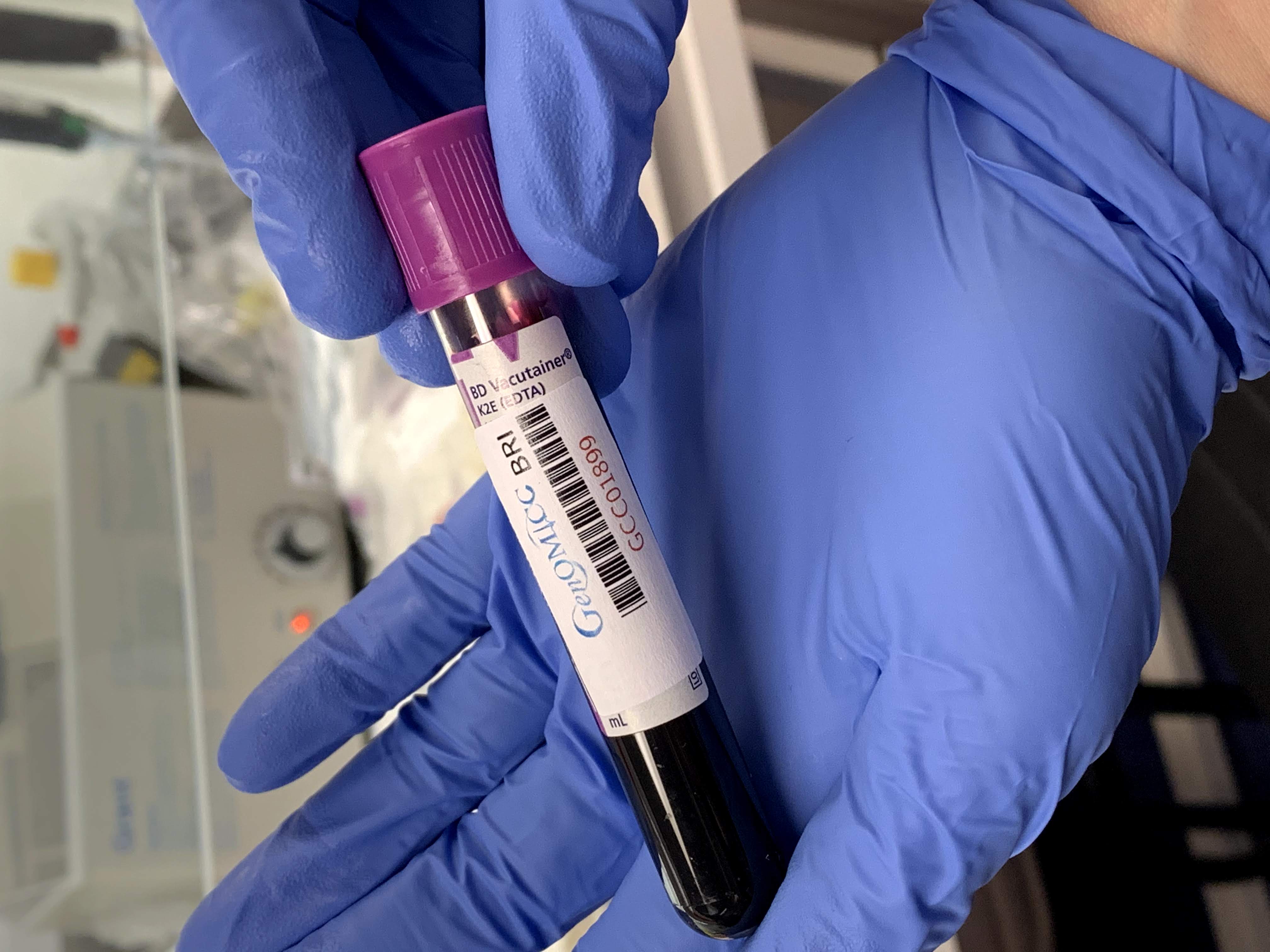Inclusion decisions
Samples

Consent
The local PI should determine if a probation officer is the most appropriate person to obtain consent on behalf of the participant. If no one else is available then this is allowed according to HRA guidelines under the Mental Capacity Act.
The Mental Capacity Act says that consultees for intrusive research other than Clinical Trials of Investigational Medicinal Products (CTIMPs), in England and Wales are:
- A personal consultee, i.e. a person who cares for the adult lacking capacity or is interested in that person's welfare, but is not doing so for remuneration or acting in a professional capacity.
- A nominated consultee i.e. a professional who is independent of the study, can do so if a personal consultee is not available or is unwilling to give advice.
There is further provision for emergency situations.
Science works best when scientists can share data and work together to solve difficult problems. Sometimes, opportunities might arise to answer different questions (that is, not related to critical illness) using information or samples that we already hold from participants. For example, a new kind of DNA sequencing might shed light on heart disease, or a different kind of computational analysis might help explain how the genome works.
Rather than contact participants when these questions arise, we rely on independent scrutiny by "ethics committees" to review new research projects and decide if it is acceptable. These committees are broadly representative of science and society, are completely independent of the GenOMICC researchers, and they have the power to stop any research they don't approve.
This includes research done by commercial organisations. To be clear, we're only talking about healthcare research here - your data will never be used for research relating to insurance, marketing or politics. Research by pharmaceutical companies, for example to make a new drug to treat critically-ill patients, or patients with other problems, would be undertaken using GenOMICC samples, if it is approved by an ethics committee.









